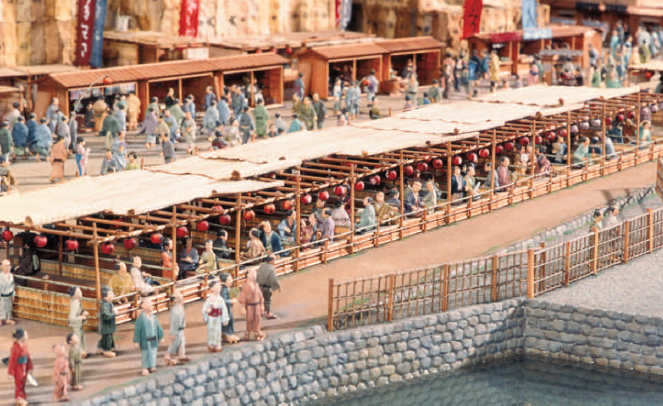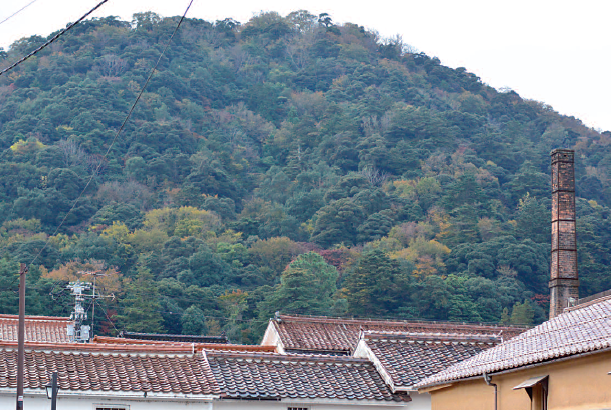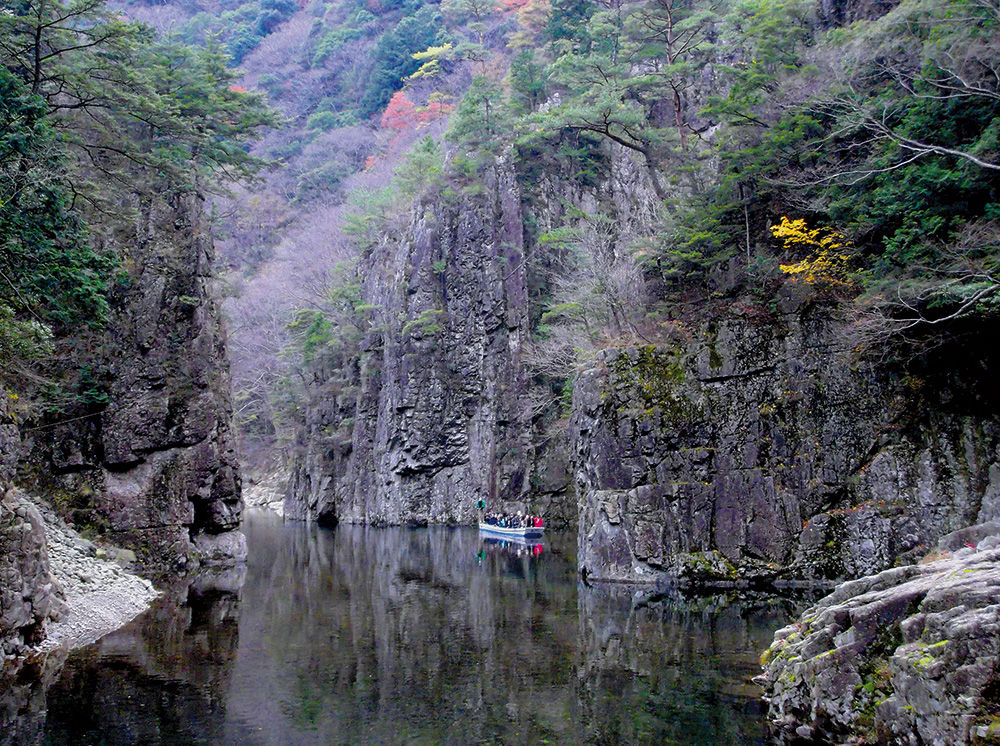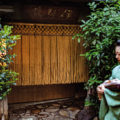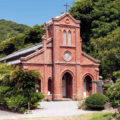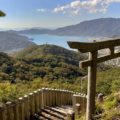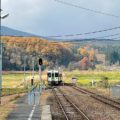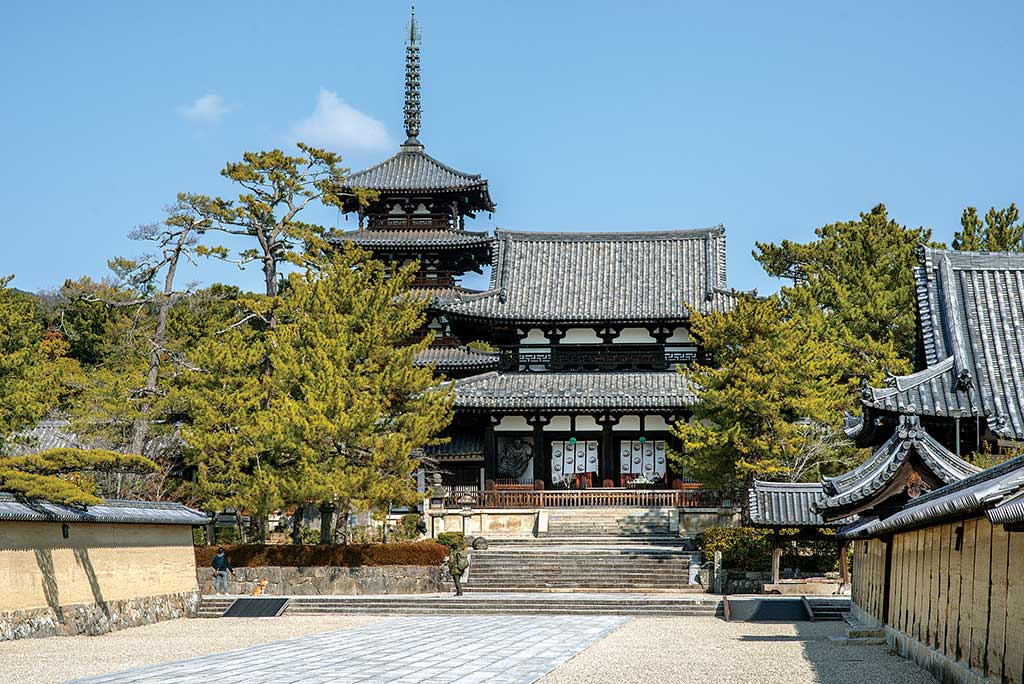
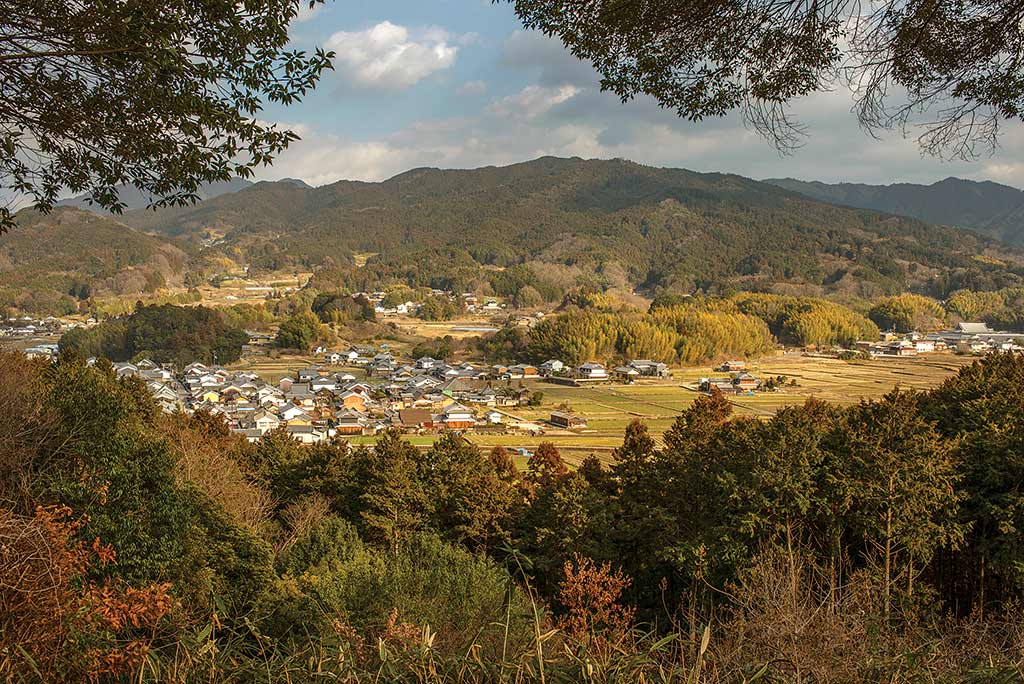
In Asuka, birthplace of the Yamato Kingdom, distant precursor of Japan, traces of this famous figure still abound.
Among all the ancient historical figures, the one Japanese people will most likely mention is Shotoku Taishi. He was both a statesman and a man of culture, and left such a deep impression on the history of Japan that he has previously been featured on 10,000 yen notes. Our hero is closely linked to the region of Nara, and the 1,400th anniversary of his death is being celebrated in 2022. If you ask the Japanese about this person who was originally called Prince Umayado, most of them will tell you what they learned in school or read in the many stories about him. In 593, when Empress Suiko came to the throne, her nephew became Crown Prince and Regent. In 601, he built a palace in Ikaruga, in the north east of Asuka where the imperial capital was located, and moved there four years later. To the west of the palace, he built Ikaruga Temple, which would become Horyu-ji. A devout Buddhist, he wrote commentaries on several foundational Buddhist texts, which explains why many religious sites in this part of Japan are associated with him. On a political level, he is credited with establishing a hierarchy within the state administration, favouring promotion on the basis of merit, and above all, with having promulgated a constitution based on harmony and the central role of the emperor. Even though historians believe that caution should be exercised in regard to all that is attributed to him in the Nihon shoki (Chronicles of Japan) written a century after his death, it is clear that Shotoku Taishi remains a key figure in this region, the birthplace of the Yamato Kingdom, which was based on the Chinese imperial system model. It is worth noting that Shotoku Taishi sent envoys to the Chinese Sui Dynasty to promote the acceptance of their culture in Japan. To understand the importance of this major figure, we invite you to join us on a little tour of the region where he lived and left an indelible impression. It starts at the small station of Asuka on the Kintetsu Company’s Yoshino line where you can hire a bicycle, the best way to begin your discovery of the place where Prince Umayado was born in the spring of 593. It takes a scant half-hour to reach Tachibana-dera, which legend says was founded by Shotoku himself to mark his birthplace. The main object of worship is a statue of him at the age of 35, as well as the statue of his favourite horse Kurokoma. Every year, in spring and autumn, the illustrated scroll that recounts the story of his life is exhibited, and Shotoku devotees come from all over the country to admire it.
To the west of the temple you can enjoy the sight of Mount Katsuragi and Mount Kongo before heading in the direction of Asuka-dera, also known as Hoko-ji. Here you will find a bronze of the sitting Buddha Shakyamuni, the oldest Buddhist statue in Japan, whose aged patina can not fail to impress us, especially when we learn that the prince could have touched it with his own hands. The feeling of travelling back in time is even more apparent after climbing the small slope that leads to the top of Amagashi Hill, from which there is a unique view over Asuka. It is easy to imagine that Shotoku Taishi came here regularly to admire the kingdom over which he wielded so much influence. It takes less than 5 minutes to reach Mukohara-dera where Toyura Palace is situated and where the prince served his regency. In other words, the visitors, if they know anything about the character or the legend surrounding them, feels as if they are plunging into the heart of the country’s most ancient history, though the prince was probably not responsible for a large number of the political decisions attributed to them. Besides, Shotoku seems to have had some reservations about politics judging by his famous statement, “this world is empty and false; only Buddha is real”. This bears witness not only to his frustration with politics but his adherence to Buddhism, of which, we must remember, he was a key proponent.
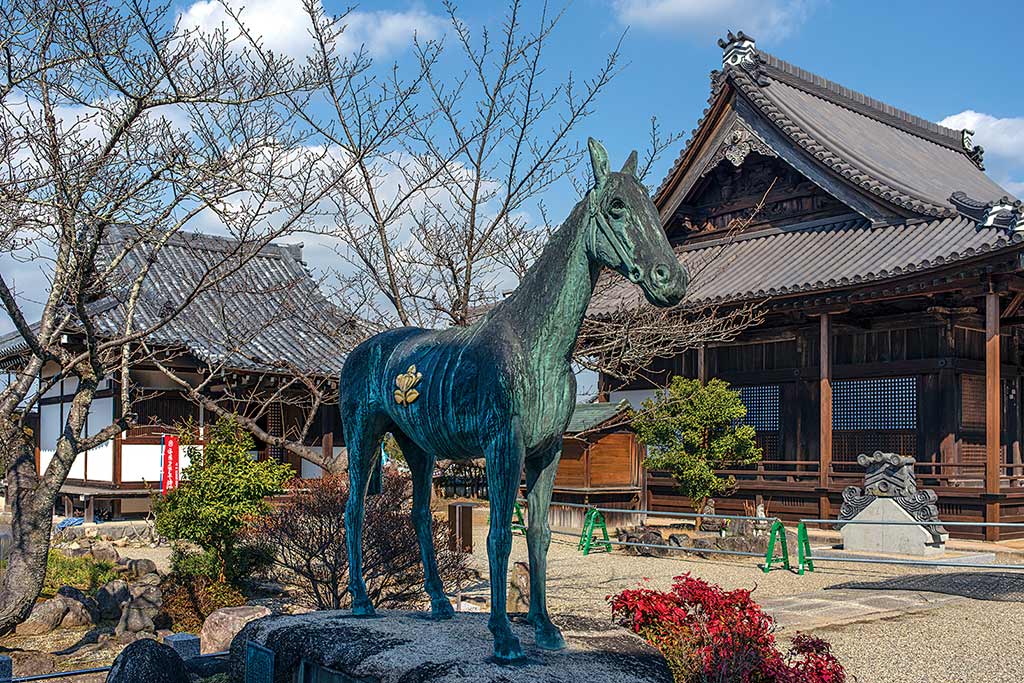
It is claimed that he wrote commentaries on three important Buddhist sutras, known in Japan as Sangyo gisho (Annotated Commentaries on the Three Sutras). The first focuses on political monarchy, the second is the foundational teaching of the Tendai school, and the last highlights the importance of lay Buddhists. This collection of three sutras is an attempt to consolidate political authority into the governance of Buddhism, which explains why the prince is consistently closely linked to numerous religious sites here and in other parts of the country.
The area surrounding Horyu-ji is ideal for a pleasant stroll, but is also suitable for cycling. Bicycles can be hired at the Horyu-ji Information Centre. Those who do not want to walk can catch a bus, which will take you to other places in Ikaruga-jinja linked to this illustrious person. A walk in the open air is obviously the best way to immerse yourself in history, while letting the path lead the way. Hoki-ji is worth a detour as its three-storey pagoda is the oldest in Japan and gives photography enthusiasts an opportunity to take some great souvenir shots. To the west of Hoki Temple, Horin-ji also boasts a three-storey pagoda. It was founded by Prince Yamashiro, son of Shotoku, to obtain a cure for his sick father. Here you can admire several Buddha statues classed as “important cultural properties” in Japan. And if you get the opportunity to visit on 15 April, you will be able to see the statue of Myoken, the Pole Star Bodhisattva, and the Star Ceiling Mandala, both normally inaccessible. Before catching the train, you can briefly visit Ikaruga-jinja, to the south of Horin-ji. This shrine was intended to protect the north-east of Horyu Temple. In October, a colourful festival takes place there, which is well worth a visit.

The final stage of this journey into the history of the most famous prince in Japan is climbing Mount Myojin, whose summit offers a magnificent view of the region from Asuka to Ikaruga, embracing the entire territory over which Shotoku Taishi reigned and where he built his reputation. It is said that the palace where he lived in Asuka was moved to Ikaruga in order to benefit from the Yamato River, which flowed down to the sea, allowing his ambassadors to travel to Korea and China. Indeed, it must be remembered that most of the construction that took place at that time, in particular the first temple buildings at Horyu-ji, was undertaken by craftsmen from the continent. If you are still not sure whether to make a detour to Asuka after that, consider the fact that it was Shotoku who first used the term “Nihon”, which means the Land of the Rising Sun in Japanese, in a letter addressed to the Chinese Emperor Yangdi of the Sui Dynasty. “The emperor of the land where the sun rises sends a letter to the emperor of the land where the sun sets”, he wrote. The Chinese government at the time would not have appreciated that the prince used this formula to give the impression that his country was superior to China whose name “Zhongguo” translates as “Middle Kingdom”, in other words a country others should rally round. This episode was the start of a complicated Japan-China relationship, the former country refusing to be indebted to the latter.
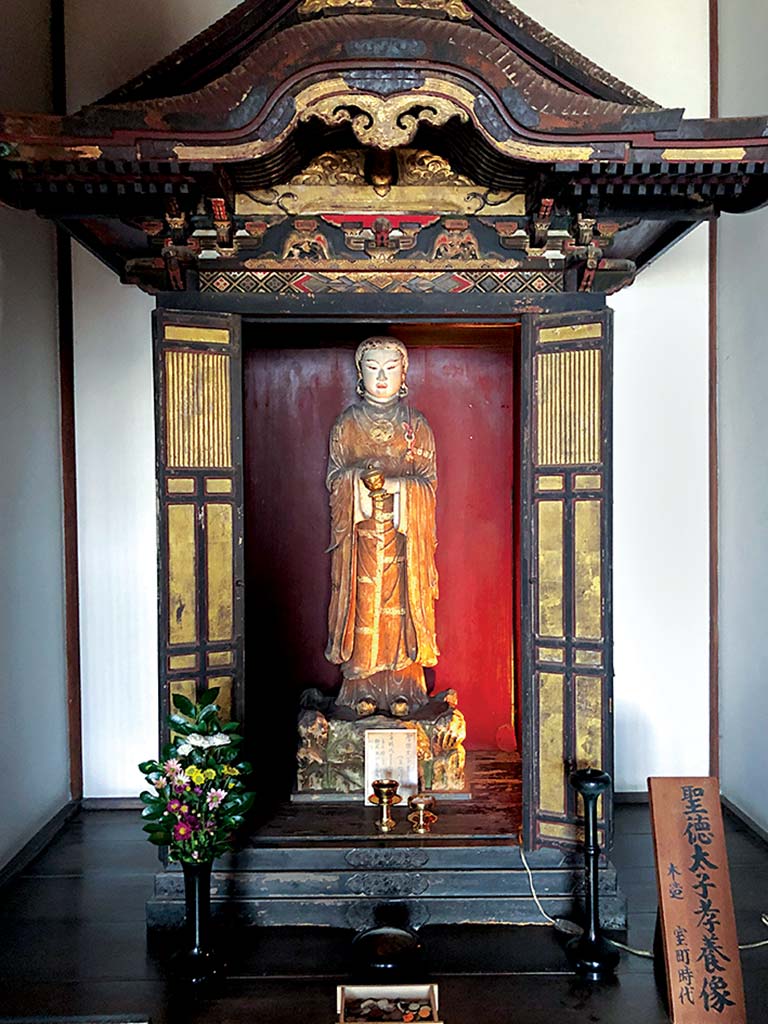
Many other sites bear witness to the far-reaching influence of this historical figure. In particular, there is Eifuku-ji, in Osaka, which houses Prince Shotoku’s mausoleum and was built in honour of Emperor Yomei and Empress Anahobe no Hashihito, or the Kannonsho-ji and Aga Shinto Shrine (also called Tarobogu) in Shiga Prefecture, north of Nara. By building on Chinese and Korean insight and knowledge, Shotoku Taishi provided his country with architectural treasures that are admired to this day. The opportunity to contemplate 1,400 years of history is so rare nowadays that it is well worth considering a little trip around this part of Japan when you plan your next visit.
Odaira Namihei

